|
A few years back, I was lucky enough to receive a $300 grant from the Wisconsin Art Education Association/Handweavers Guild for a fibers project. I chose to do a snow-fence weaving with some fabric. I was intrigued by Janet Echelman's work. She is an American artist who was rejected from seven different art schools but never gave up. She painted for ten years before winning a grant to go to India to make art. After arriving in India, her paints never showed up in the mail so she was forced to adapt to something new to make artwork for several shows that she had coming up. While there, she made a large installation out of the local fisherman's nets. She then began to create large and larger works of art. One thing that I lve about her is that she is the definition of STEAM. The amount of math, science, technology, engineering, collaboration, and art that goes into her work is phenomenal. They now are oftentimes placed in parts of cities that are less than desirable. Because of her sculptures' popularity, the crowds that come to see them oftentimes force out unwanted activities while bringing attention to areas of cities that need it. The sculptures are really interesting because they are made out of a light netting that catches the breeze. So when the wind blows, it's almost as if you can see the wind as it ripples through the netting. Janet describes her works as "sculptures of wind." I can't tell you how excited I was to finally get to see Janet give a presentation at the NAEA19 convention and then get to meet her afterwards! This year, I had my 2nd grade students work collaboratively on some large-scale weavings. I split each class into 4 groups and then they worked together to weave fabric strips into large squares of snow-fencing. I like weaving into snow-fencing because the holes are fairly large and it make sit easier for each student to succeed when weaving. After each 2nd grade class had a chance to weave into the fencing, I wired the 4 weavings together to make one large weaving. I then strung it up to my ceiling. While tying it up, I was conscious of twisting, turning, and manipulating certain parts of the weaving so it took on an organic form similar to Janet's work. I love watching students lie underneath it and stare up at it! After meeting Janet, I was so impressed by not only her work, but also her personality and demeanor. She was wonderful to talk to and after explaining/showing her my students' project inspired by her, she asked me if she could send my students a video. Of course I said "yes!"
0 Comments
Here's another repeat from last year. Students learned about Frank Gehry and his titanium covered buildings. You can read the details here! Enjoy the pictures below as well!
We continued talking about form with this project inspired by Leonardo da Vinci's sketches of a robot! Read more about the details from last year's post here! Otherwise, check out some photos below!
2nd grade took some time to learn about Renaissance Man, Leonardo da Vinci. We took a look at some of his paintings and discussed the Renaissance, but the project really focused on da Vinci more as an inventor. Thousands of pages of his sketches and notes have been found. The man was brilliant! He came up with ideas for planes, helicopters, tanks, guns, and robots hundreds of years before they were ever actually made! We took this as an opportunity to make our own robots! I got this project from my friend, Tiffany Beltz, at a lesson exchange and have been antsy to use it with my kiddos! I got the idea to tie robots in with da Vinci from some other blogger that I saw on pinterest somewhere.
The first day was spent drawing our robots. Students were given a sheet that had all kinds of robot body parts that they could choose from to draw. The second day, we talked about form again. We talked about it previously with Frank Gehry. However, when we studied Gehry, we were making an artwork that was actually 3D. With da Vinci, we were working with the illusion for form or 3D. Students carefully painted their entire robot grey. Then they painted a light blue highlight on one side of their robot. On the other side, they painted black for a shadow. This gave the look that our robots had sides and form. The 3rd day, we re-drew our entire robot so we knew where all of our details were. Then they cut it out and glued it onto a grey sheet of paper. The final day, they used a black oil pastel to trace all of their pencil lines. When they were all finished, they were given a worksheet and they had to come up with their own invention. I encouraged them to think of areas in their lives that were difficult and that they wished were easier. Some of the inventions were so creative! Frank Gehry is a Canadian-American architect most widely known for his large, titanium exterior buildings. His architecture features a lot of curves and gives his buildings a sense of movement. They have been credited with helping the economy of cities that they are featured in because of their popularity with tourists. This was a short project that was packed full of some big art concepts for the artists. We talked about movement in art and even though Gehry's buildings don't physically move, their curves give them the sense of mevement. We also talked about form and how form is another word for 3D or something that looks like it's 3D. Lastly, we talked abotu different kinds of lines. Typically, line is something that I hit really hard with kindergarten but since I didn't have these guys in kindergarten, we needed some work on our line knowledge. We really hammered knowing the difference between horizontal, vertical, and diagonal. We got to use shiny metallic paper on this project. The kids FREAKED! We started off by drawing a squiggly line with a sharpie that filled our paper and overlapped in several areas. Students needed to be careful that they didn't turn that squiggle into a scribble or the next step would become a little too hard. After their squiggly line, they then filled in all of the shapes it created with vertical, horizontal, and diagonal lines. This was meant to look like the paneling on Gehry's buildings. The second class was spent cutting out our shape and then cutting 4-6 slits into the shape. I then stapled down one part of their sculpture to a black paper. They were then free to glue and curl whatever parts of their paper that they wanted, as long as their artwork took on form and wasn't flat. Some chose to glue down several parts of their project, others chose to curl some pieces in and others out.
I thought this project turned out super cool! I just wish that the photos did them justice. Because of their shiny surface, they don't show their form super well. |
Devon CalvertHarmony and Consolidated Elementary Art Teacher in Milton, WI. UW-Eau Claire graduate. WAEA President. Apple Teacher. Archives
March 2019
Categories
All
|
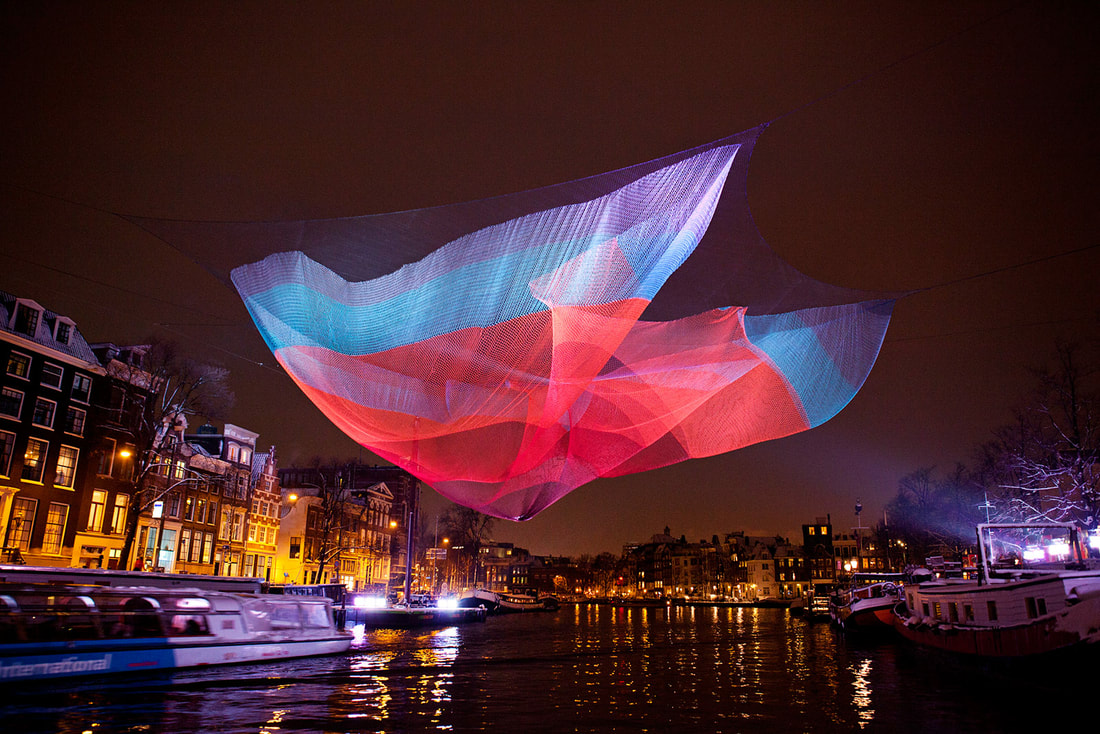





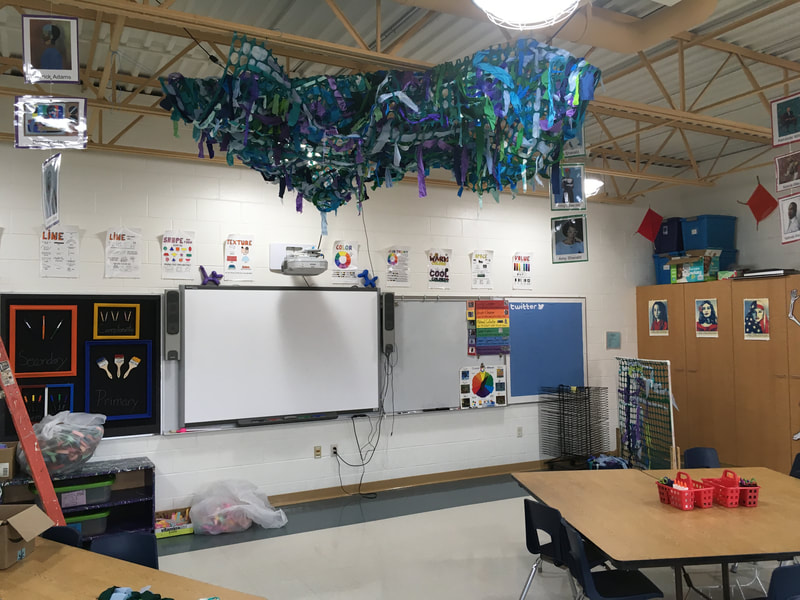

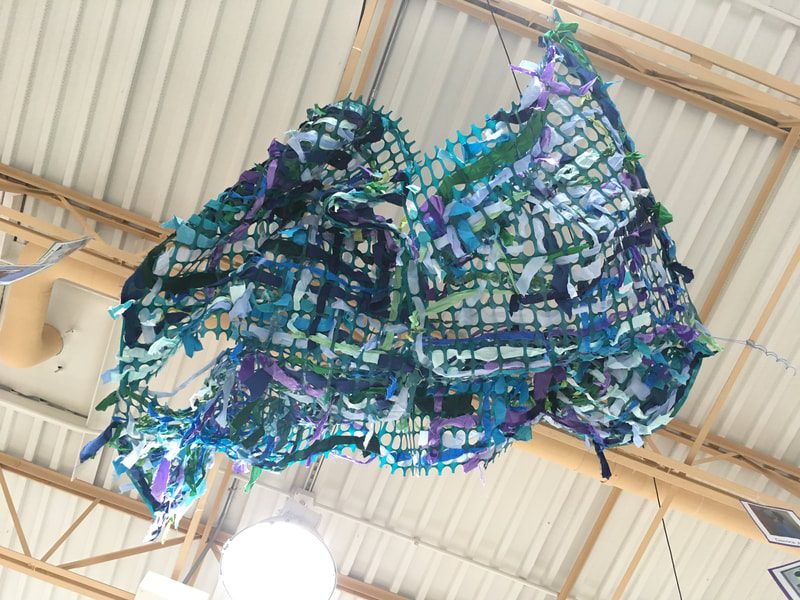
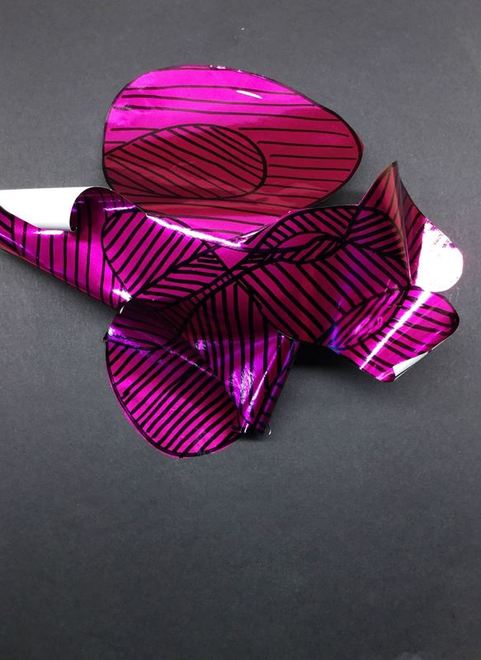


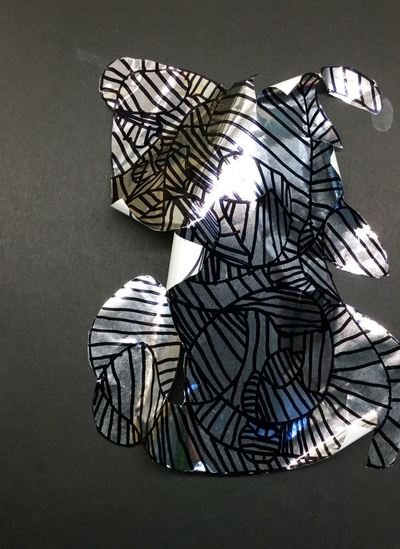












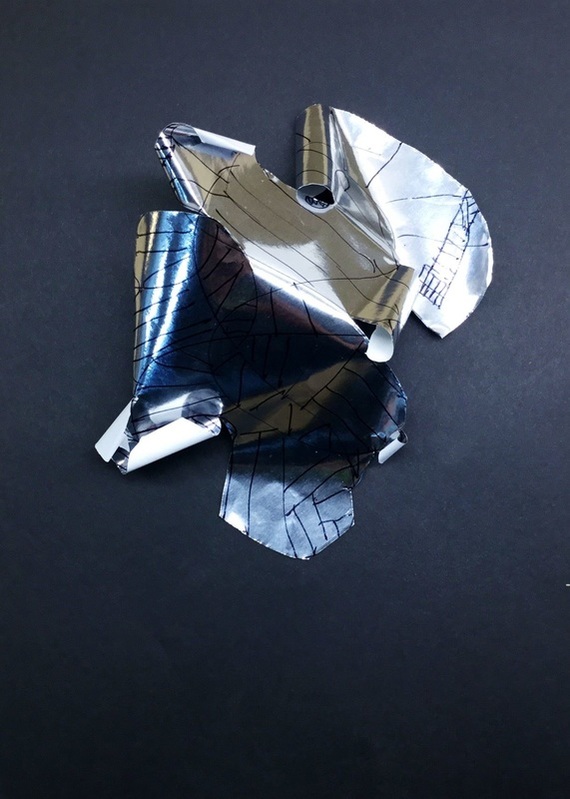



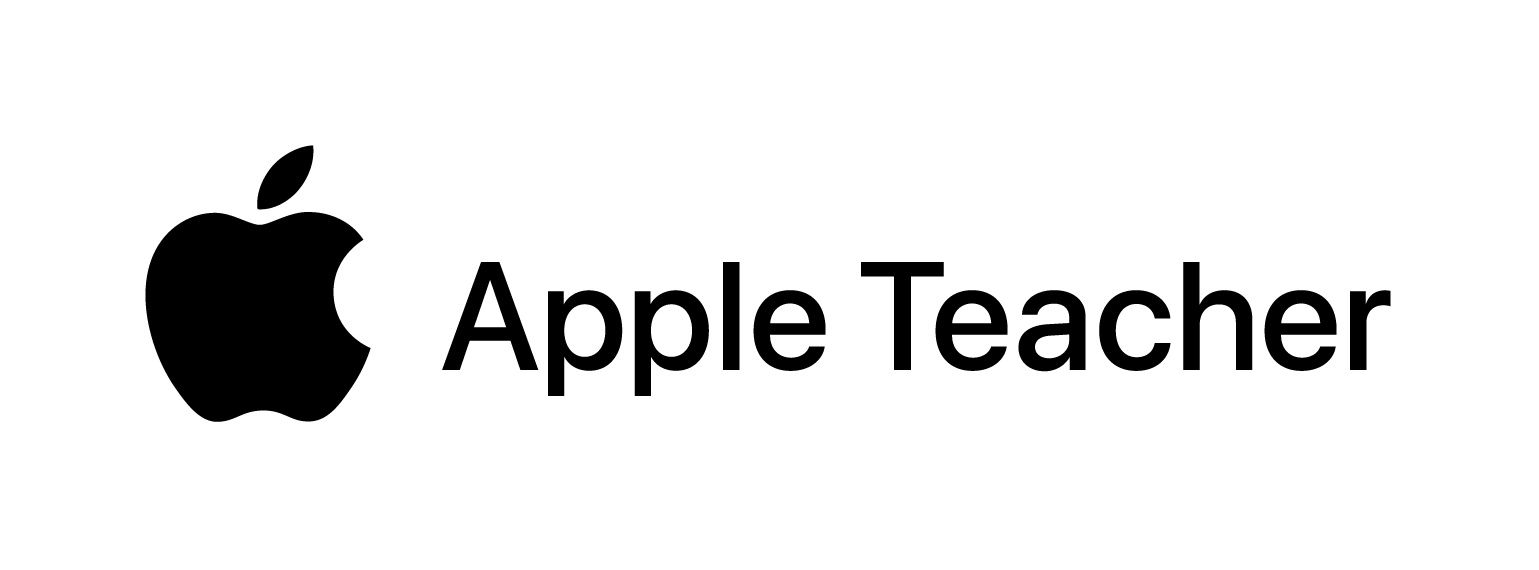

 RSS Feed
RSS Feed
